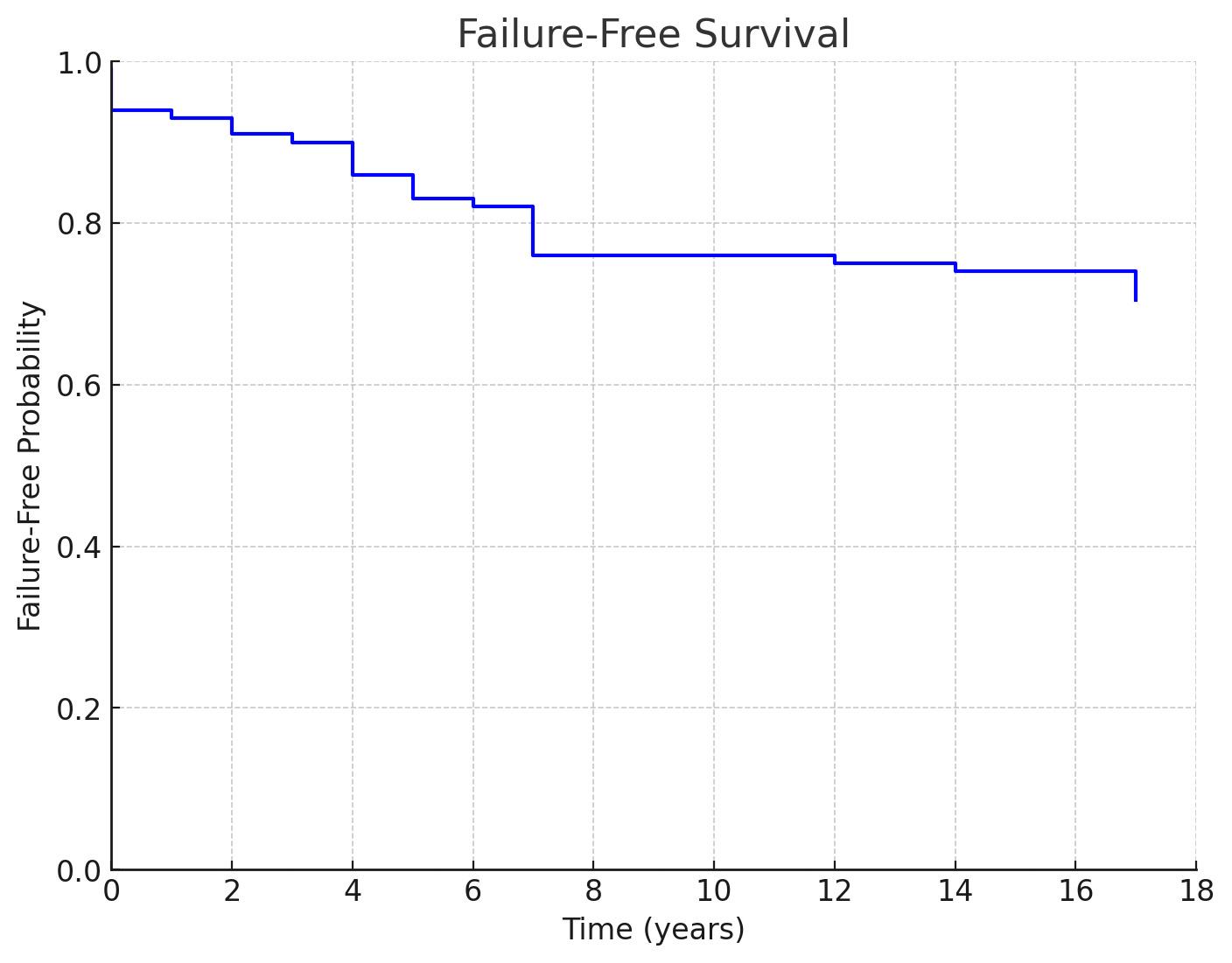Back to 2025 Abstracts
Long-term Outcomes of Conservative Management for Lichen Sclerosus Urethral Stricture Disease
Anna J. Saltman, MD, MS, Michael Callegari, MD, MBA, Tasneem Z. Rizvi, PhD, Alex J. Vanni, MD.
Lahey, Burlington, MA, USA.
INTRODUCTION AND OBJECTIVE:Lichen sclerosus urethral strictures (LS-USD) are often longer and more prone to recurrence following treatment than strictures from other causes. Conservative management (CM) with dilation, clean intermittent catheterization (CIC), and intraurethral steroids offer an alternative to surgery, but previous studies have had limited follow-up. This study examines the long-term outcomes of LS-USD managed conservatively.
METHODS: We retrospectively reviewed charts of patients with LS-USD treated conservatively with endoscopic intervention (e.g., dilation, urethrotomy) and/or CIC +/- intraurethral steroids, between 2005-2024. Failure of CM was defined as the need for reconstructive surgery or chronic catheter. Patient demographics, medical history, and objective stricture data were collected. Statistical analysis included Kruskal-Wallis, ANOVA, chi-square, Fisher’s exact test, and Kaplan-Meier survival curves.
RESULTS: 111 patients started CM for LS-USD with a median follow-up of 68.5 months (range 1-237 months). 29 (26.1%) patients failed treatment—8.5% within 2 years and 13.6% within 5 years. The median time to failure was 61 months, with 24% failing by 1 year, 55% by 5 years, and the latest failure at 17 years. Failure was more common in patients with posterior urethral involvement and obliterative stricture features, but no other stricture characteristics (e.g., location, length) were associated with failure. The most common reasons for failure of CM included persistent bothersome lower urinary tract symptoms (34%), development of acute urinary retention (24%), concomitant buried penis repair (10%), and recurrent UTIs (10%).
CONCLUSION: Although the majority of patients respond well to CM within the first two years, long-term monitoring is essential due to the progressive risk of treatment failure over time.

Back to 2025 Abstracts
